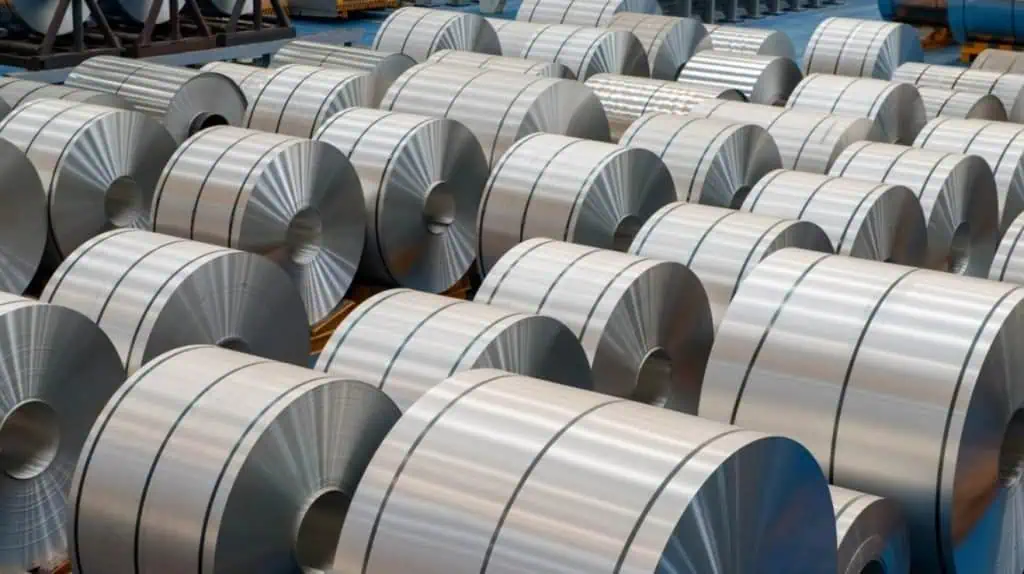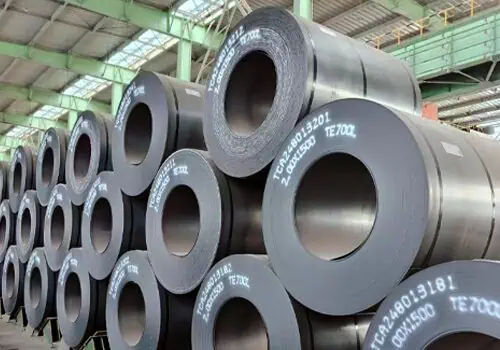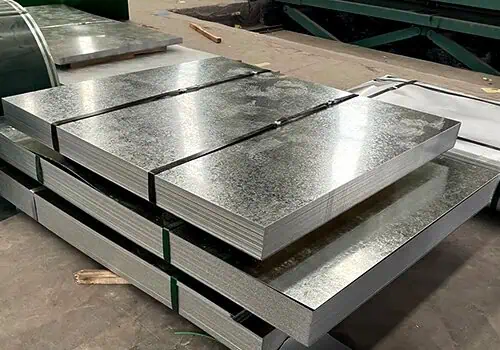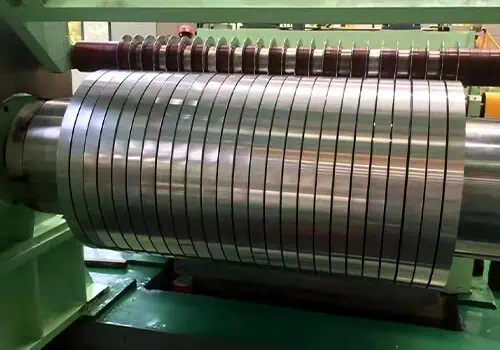Many international buyers struggle to decide between hot rolled and cold rolled steel. The wrong choice can affect performance, quality, and cost. Here’s a clear guide to choosing wisely.
What is the difference between hot rolled and cold rolled steel? Hot rolled steel is processed at high temperatures, making it more malleable and cost-effective. Cold rolled steel is further processed at room temperature, giving it higher strength and a better surface finish. The main difference between hot rolled and cold rolled steel lies in their rolling temperature and resulting mechanical properties.
Let’s explore how each type performs, their uses, disadvantages, and how to distinguish between them effectively.
What Is Hot Rolled Steel?
Hot rolled steel is a widely used material in the construction and manufacturing industries. The mechanical performance and applications of the product are determined by the manufacturing process.
Hot rolled steel is created through hot rolling, where the metal is heated above its recrystallization temperature—typically over 900°C. This facilitates shaping, forming, and fabrication. The process enhances hot rolled steel properties such as flexibility and weldability while sacrificing tight dimensional accuracy.
Hot rolled steel surfaces are frequently rough with oxide scales, and the edges may be slightly rounded. It is the initial state of most rolled steel products before further processing. How is hot rolled steel made? Large slabs are reheated and then passed through high-temperature rollers to achieve the desired thickness and shape, resulting in hot rolled steel grades used in beams, plates, and structural sections.
In practice, a comparison of hot rolled vs cold rolled steel reveals that hot rolled variants are better suited for structural applications where surface appearance is secondary. The hot rolling and cold rolling difference also explains why hot rolled steel is still cheaper and faster to produce.
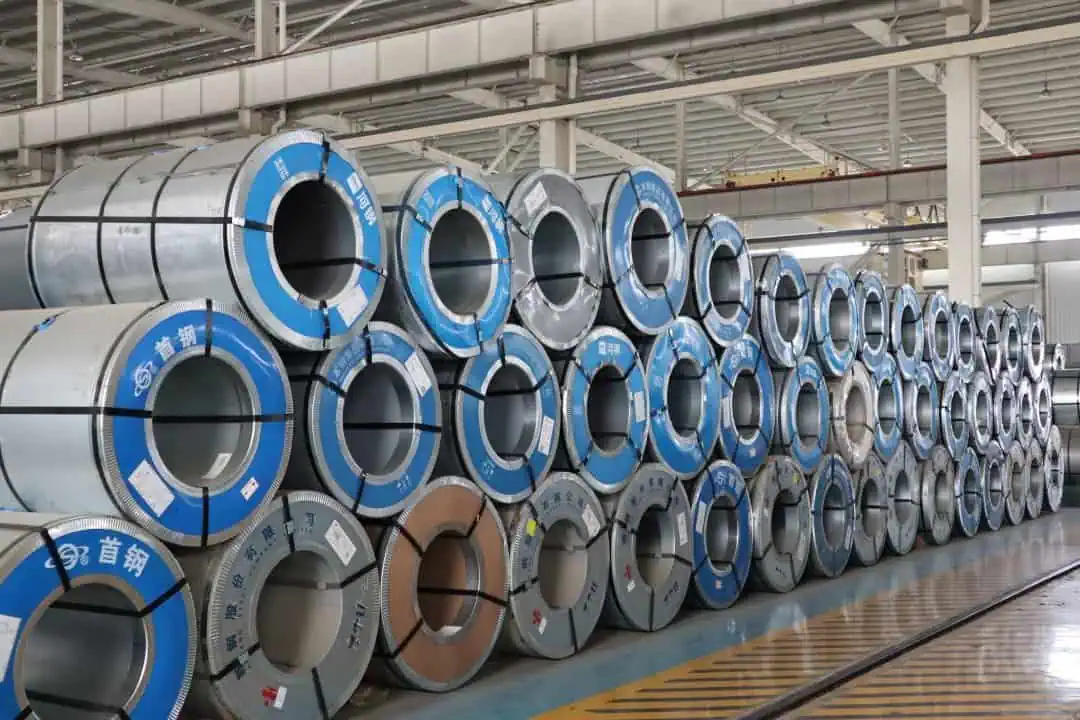
What Are the Disadvantages of Hot Rolled Steel?
While hot rolled steel is versatile and affordable, it has several limitations.
Its main disadvantages include a poor surface finish, lower dimensional accuracy, and lower tensile strength than cold rolled products. These issues are inherent in the hot vs cold rolled processing temperatures.
Because hot rolling involves natural cooling, it frequently generates residual stresses that cause minor warping or distortion. These variations render it unsuitable for precision components or aesthetic applications. When comparing the hot rolled vs cold rolled steel markets, hot rolled products are typically rougher and may necessitate additional machining, pickling, or coating for visual or dimensional refinement.
Nonetheless, hot rolled steel grades such as ASTM A36 continue to be dominant in construction, shipbuilding, and heavy equipment applications where hot rolled steel properties such as strength and weldability are more important than appearance.
What Is Cold Rolled Steel?
Cold rolled steel is a refined form of hot rolled steel. After hot rolling, the steel is cooled to room temperature before rolling again to achieve tighter tolerances and smoother surfaces.
Strain hardening during the cold rolling process can increase strength by up to 20%. It improves cold rolled steel properties like surface quality, hardness, and dimensional precision. Cold rolled steel grades are suitable for applications requiring consistency and durability.
When comparing hot rolled steel vs cold rolled steel, cold rolled products are more visually appealing and mechanically stronger. This makes them ideal for cold rolled steel sections used in precision manufacturing, automotive components, appliances, and furniture.
The difference between hot rolled and cold rolled steel goes beyond temperature; it also considers performance, cost, and application suitability. Your project’s design tolerance and finish requirements will determine whether you use cold rolled vs hot rolled steel.
What Is Cold Rolled Steel Used for?
Cold rolling applications are used in industries that require precision, aesthetics, and consistency.
Cold rolled steel is used for automotive panels, household appliances, office furniture, and precision machinery. Its smooth, shiny surface and consistent thickness make it ideal for visual or close-fitting components.
Because of the high cold rolled steel grades, it is also used in cold formed steel section properties that require high strength-to-weight ratios. Cold rolled steel sections are commonly used in lightweight frames and shelving systems.
Compared to cold rolled steel vs stainless steel, cold rolled carbon steel is more cost-effective while maintaining excellent performance in dry environments. However, in corrosion-prone environments, stainless steel retains an advantage.
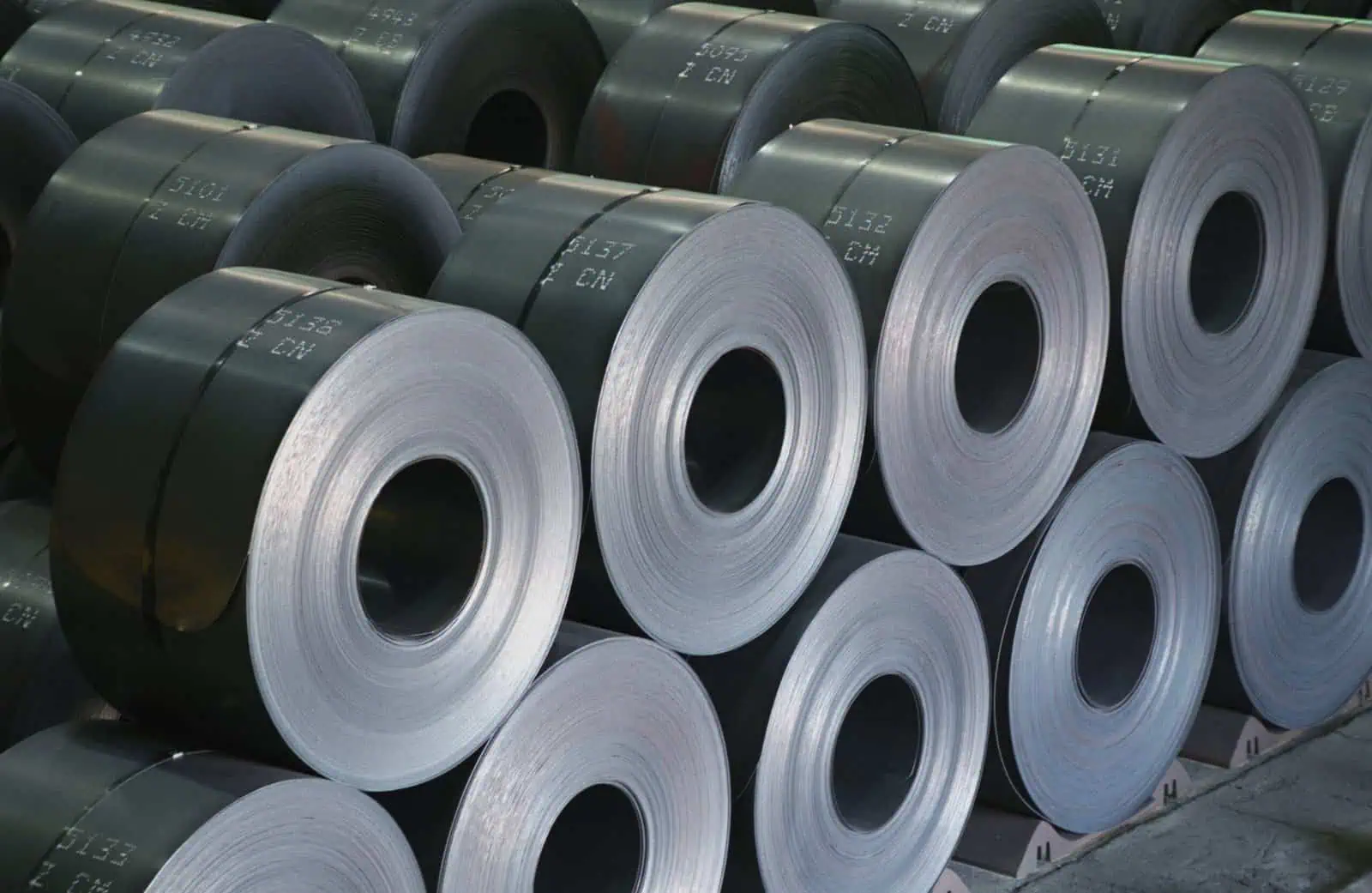
What Are the Disadvantages of Cold Rolled Steel?
Despite its many advantages, cold rolled steel also presents challenges.
The main disadvantages of cold rolled steel include higher cost, internal stress formation, and lower ductility than hot rolled products. Cold rolling requires more energy, time, and precision equipment, which raises cold rolled steel prices significantly.
Furthermore, due to strain hardening, welding cold rolled steel may be more difficult than welding hot rolled steel. To avoid warping due to the increased hardness, heat input must be carefully controlled.
In the cold rolled vs hot rolled price comparison, cold rolled steel can cost 20–30% more per ton. While it provides superior performance and smoother finishes, its limited flexibility makes it unsuitable for large-scale, low-cost structural projects.
Why Is Cold Rolled Steel More Expensive?
The higher cost of cold rolled steel is primarily due to the additional processing steps.
Cold rolling includes additional reheating, pickling, annealing, and surface finishing stages. These costs include labor, energy, and quality control, which explain cold rolled vs hot rolled price differences.
The superior cold rolled steel properties, like tight dimensional tolerances, smooth appearance, and higher yield strength, justify the price premium. In markets where appearance and performance are important, such as automotive and appliance manufacturing, cold rolled steel prices reflect its added value.
While both hot and cold rolled steel meet industrial demands, they have different budgets and performance targets. Understanding the economics of cold vs. hot rolling allows buyers to plan cost-effective sourcing strategies.
Is Rebar Cold Rolled Steel?
No, rebar is typically made of hot rolled steel, not cold rolled.
Hot rolled steel’s properties, particularly ductility and strength, make it ideal for reinforcing concrete. Its ribbed or ridged surface promotes bonding with concrete structures. These ridges are formed during the hot rolling process, not cold rolling.
Thus, rebar is not a cold rolled steel product. It emphasizes flexibility and tensile strength over surface finish. Unlike cold rolled and hot rolled steel, rebar is designed for structural integrity rather than precision or appearance.
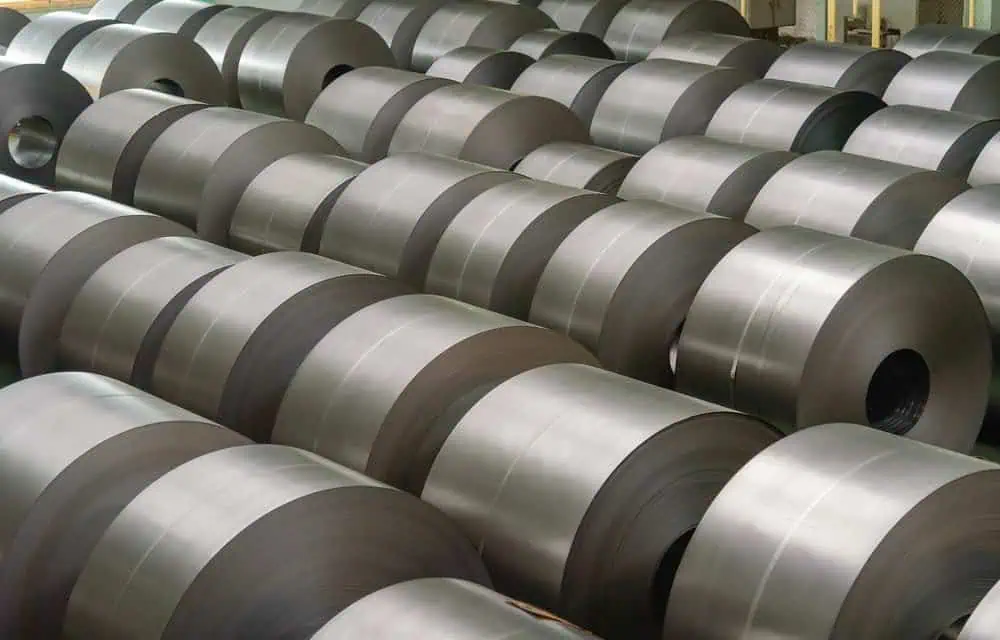
How to Identify Hot Rolled and Cold Rolled Steel?
Visual and physical cues make it simple to distinguish between hot rolled and cold rolled steel.
Hot rolled steel usually has a dark, bluish-gray color and a rough, scaly surface. In contrast, cold rolled steel has a smooth, shiny, and refined appearance. Dimensional precision is also a good indicator—cold rolled sheets have sharper edges and more uniform thickness.
Hot rolled steel feels slightly oily or dusty due to oxidation, whereas cold rolled steel is clean and bright. Knowing the differences allows quality inspectors to confirm product types during rolled steel procurement.
Understanding what is cold rolled steel and what is rolled steel section helps buyers ensure material compatibility before fabrication or assembly.
How to Choose a Reliable Steel Supplier in China?
Finding a trustworthy supplier ensures consistent quality, proper documentation, and timely delivery, which is critical for international importers.
Buyers should choose exporters who have demonstrated experience in rolled steel production and export compliance. Check for certifications, inspection reports, and consistency in hot rolled steel grades and cold rolled steel grades. Prior to shipment, reputable suppliers will provide mill test certificates, dimensional reports, and surface quality photos.
Working with professional Chinese exporters helps to reduce common issues like delayed shipments, inconsistent coating, and uncertain packaging. When it comes to hot rolled versus cold rolled steel, long-term partnerships with established mills ensure pricing stability and product traceability.
Understanding what does hot rolled steel mean and cold rolled steel meaning from a supplier’s specification sheet is critical before placing orders. Always ensure that products meet the required standards and are suitable for the intended cold rolling applications.
Summary
The choice between hot rolled and cold rolled steel is based on your strength, surface finish, and precision requirements. Understanding their properties, applications, and suppliers guarantees the best purchasing decision.

